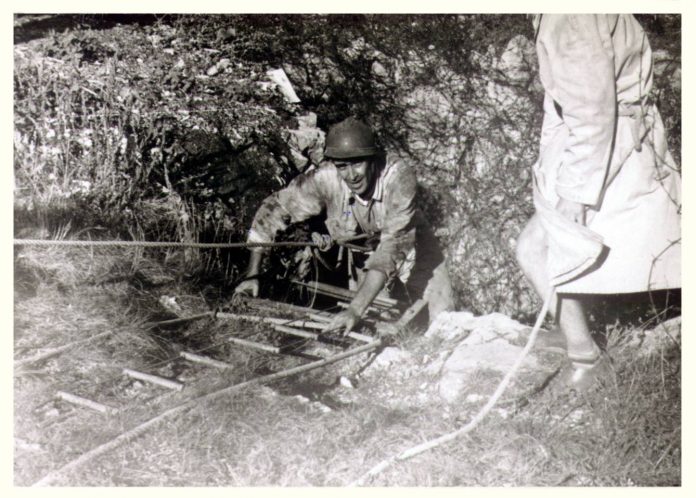by InTrieste
Italian Prime Minister, Giorgia Meloni, is expected to be present in Trieste for the Day of Remembrance, this Saturday, 10 February.
Confirmation of Prime Minister Giorgia Meloni’s presence comes from high-ranking members of Fratelli d’Italia, and to add to the optimism of intention, even the summit held yesterday, Monday, February 5, at the Prefecture to organize the Day of Remembrance, took place based on the assumption of the premier’s arrival in the city. Nationalist right-wing is leading the government for the first time since the commemoration of the violence perpetrated by Yugoslav partisans and the Istrian exodus, introduced by a law of the former MSI and AN Roberto Menia.
Fratelli d’Italia aims to make a big impact, with Meloni in Trieste at least for the inauguration of the Remembrance Train (the visit to the Basovizza Foiba is uncertain), a new law up for approval today in the Chamber to finance school trips to the eastern border, and the imminent discussion in the commission of the norm to revoke the honor granted to Marshal Tito.
The Italian government has recentely decided to create a new museum dedicated to the Foibe in Rome with an investment of 8 million. The creation of the Museo del Ricordo was proposed by Meloni and culture minister Gennaro Sangiuliano to recall the mass killings in Friuli-Venezia Giulia, Istria and Dalmatia by Tito’s partisans, both during and after world war two.
In a statement, the culture ministry said the aim of the museum is to “preserve and renew the memory of the tragedy of the Italians and of all the victims of the foibe, of the exodus of the Istrians, Fiume and Dalmatians from their lands after the second world war, to reconstruct and narrate the history of the Italians of Istria, Fiume and Dalmatia and the more complex story of the eastern Italian border.”
The news comes the week before the Giorno del Ricordo, an annual day of remembrance on 10 February to commemorate the victims of the Foibe massacres as well as the exodus of Italians who left their homes in Dalmatia and Istria in the years after 1943.
The mass killings, which occurred in 1943 and again in the weeks before and after the end of the war in 1945, were committed mainly against the local ethnic Italian population by Yugoslav communists who occupied the Istrian peninsula during the last two years of the war.
The exact number of victims is unknown but there may have been up to 15,000 killed, with many of them tortured, shot or pushed to their deaths into the deep, narrow carsic sinkholes or chasms known as foibe.





























